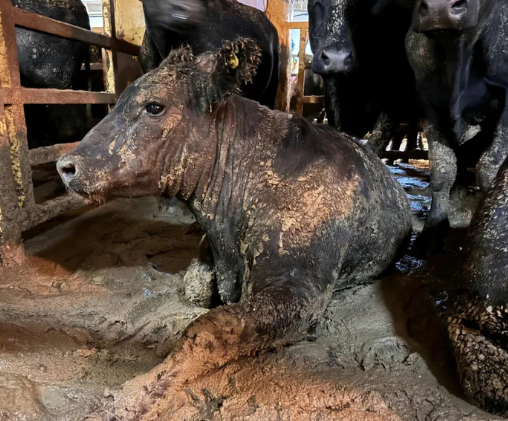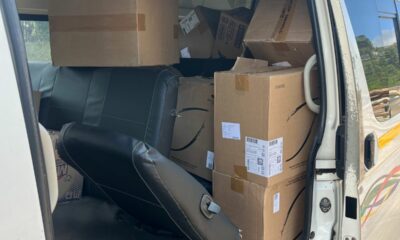News
A Landmark Victory for Animal Welfare at Sea

For years, it was a frustrating and grim ritual. As tens of thousands of sheep and cattle were loaded onto massive export ships in East London harbour, inspectors from the NSPCA were granted permission to board. But their hands were tied. They could look, but they couldn’t properly document. They could assess, but they struggled to build a prosecutable case.
That era is now over.
In a powerful ruling with far-reaching consequences, the Eastern Cape High Court in Makhanda has handed the National Council of SPCAs a significant victory. The court has affirmed the organization’s right to not only board live export vessels but to fully document the conditions inside through photographs, video, and scanning documents.
The Case of the Incomplete Picture
The legal battle stemmed from a 2023 order concerning the ship MVA I Massilah, which set sail with 53,000 animals. A lower court had allowed a limited number of NSPCA officers to board and examine the livestock, but with a critical restriction: a ban on all photography and filming.
For the NSPCA, this was like being asked to solve a crime without being allowed to collect evidence. While they could euthanize suffering animals on the spot, they were hamstrung in their primary missionto investigate systemic cruelty and hold the powerful shipping companies accountable.
“The competent authorities do not mirror the officials of the appellant,” the court heard, highlighting that other government bodies on board are not tasked with the specific statutory duty of policing and prosecuting animal ill-treatment. That job falls squarely to the NSPCA.
Why a Camera is Mightier Than the Word
In the world of animal welfare law, a written description of a cramped, filthy deck holds little weight compared to a high-resolution photograph or a minute of video showing the same. The previous orders, though well-intentioned, made it nearly impossible to prove patterns of neglect or specific violations of the Animals Protection Act once the ship had sailed.
The NSPCA argued that with vessels spanning 11 decks and loading taking up to four days, a full team of ten officers was necessary to conduct a proper inspection. The limited access they were previously granted made their efforts, in many ways, “futile.”
The High Court Judge, Zamani Nhlangulela, agreed. The ruling acknowledges that for the NSPCA to give real effect to its mandate, it needs the tools to build a case that can stand up in court.
A Legacy for Future Voyages
Though the specific ship at the center of this case, the MVA I Massilah, sailed long ago, the NSPCA successfully argued that the legal principle was of immense public importance. They sought clarity not for a past voyage, but for every future one.
Grace de Lange, NSPCA Chief Operating Officer, called the judgment vital for achieving certainty. It ensures that the purpose of the Animals Protection Act is not just a theory, but a practical, enforceable reality.
This ruling transforms the NSPCA from observers with notepads into evidence-gathering investigators. It sends a clear message to the live export industry: the conditions in the hidden, floating world of these ships will no longer remain in the dark. The cameras are now rolling, and with them, the hope for a new era of accountability for the thousands of animals who make this harrowing journey.
{Source: IOL}
Follow Joburg ETC on Facebook, Twitter , TikTok and Instagram
For more News in Johannesburg, visit joburgetc.com

























